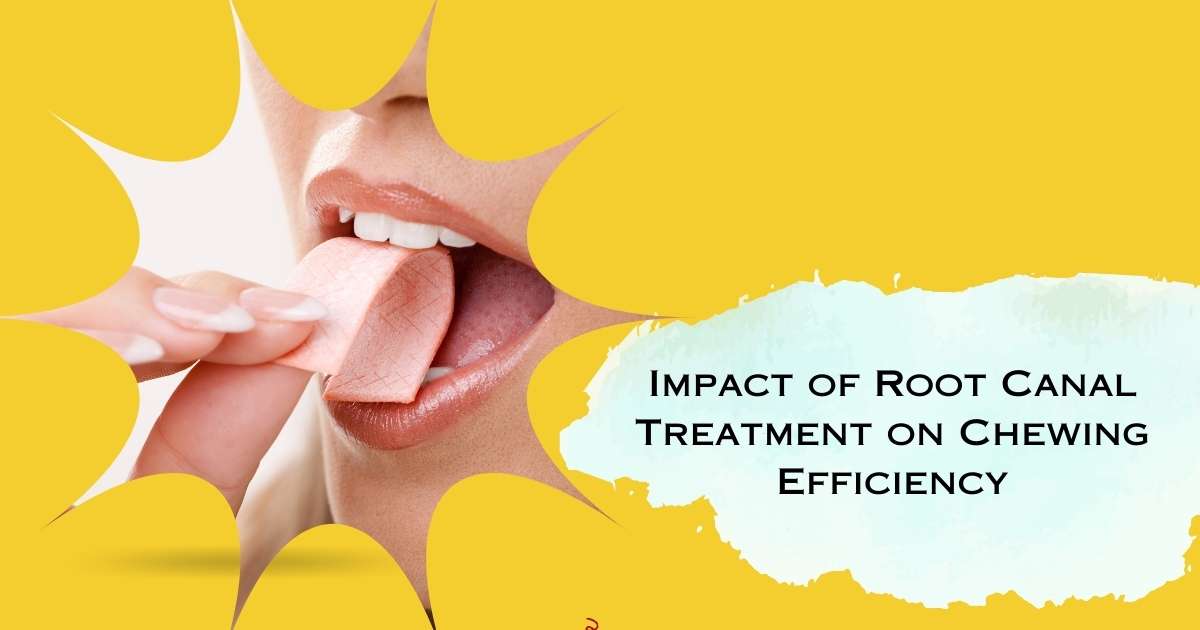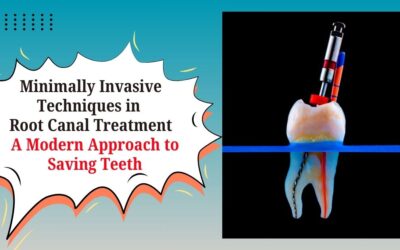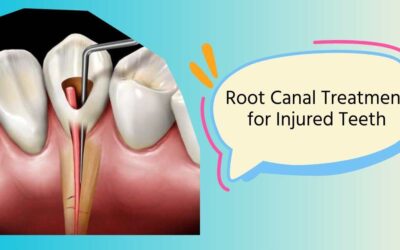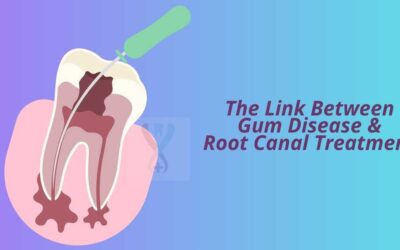Root Canal Treatment (RCT) is a popular dental operation that saves and restores a severely infected or damaged tooth. While the primary goal is to relieve pain and protect the tooth, it is critical to investigate how RCT can affect chewing efficiency.
Understanding Root Canal Treatment
The removal of infected pulp from the tooth is followed by cleaning, shape, and sealing of the root canal. The goal of this procedure is to eradicate infection, prevent future damage, and restore dental health.
Maintaining the Tooth Structure
One of the primary advantages of RCT is its ability to preserve natural tooth structure. Unlike tooth extraction, which involves the removal of the entire tooth, RCT allows patients to keep their natural dentition.
Restoring Functionality with RCT
Root Canal Treatment is critical in restoring the functionality of a weakened tooth. The effect on chewing efficiency is notable:
– Pain Reduction: RCT relieves pain caused by tooth decay, allowing for more comfortable chewing.
– Maintaining Alignment: Preserving the tooth prevents surrounding teeth from shifting, allowing the bite to be properly aligned.
– Natural Chewing Mechanism: The tooth keeps its original function during chewing after the diseased pulp is removed.
Adjusting to Post-Treatment Sensations
While RCT improves chewing efficiency, patients may experience the following transient sensations:
– Sensitivity to Post-Treatment: Some sensitivity is typical, but it fades over time.
– Adjusting to Changes: Patients may require a brief time of adjustment to the replaced tooth.
Long-Term Impact on Oral Health
Root Canal Treatment has a long-term influence that goes beyond instant relief:
– Preventing Additional Complications: RCT stops infection from spreading and thereby avoids problems.
– Preservation of surrounding Teeth: By preserving the afflicted tooth, surrounding teeth are less likely to be stressed.
Root Canal Treatment not only saves a weakened tooth but also improves chewing efficiency and overall dental health. It is a worthwhile investment in the preservation of natural dentition, pain alleviation, and the continuous functionality of the damaged tooth.
Individuals can make more educated decisions about their dental health by consulting with an experienced dentist and knowing the function of RCT in chewing efficiency. Accepting RCT as a solution helps to create a healthy, pain-free, and well-functioning smile.




